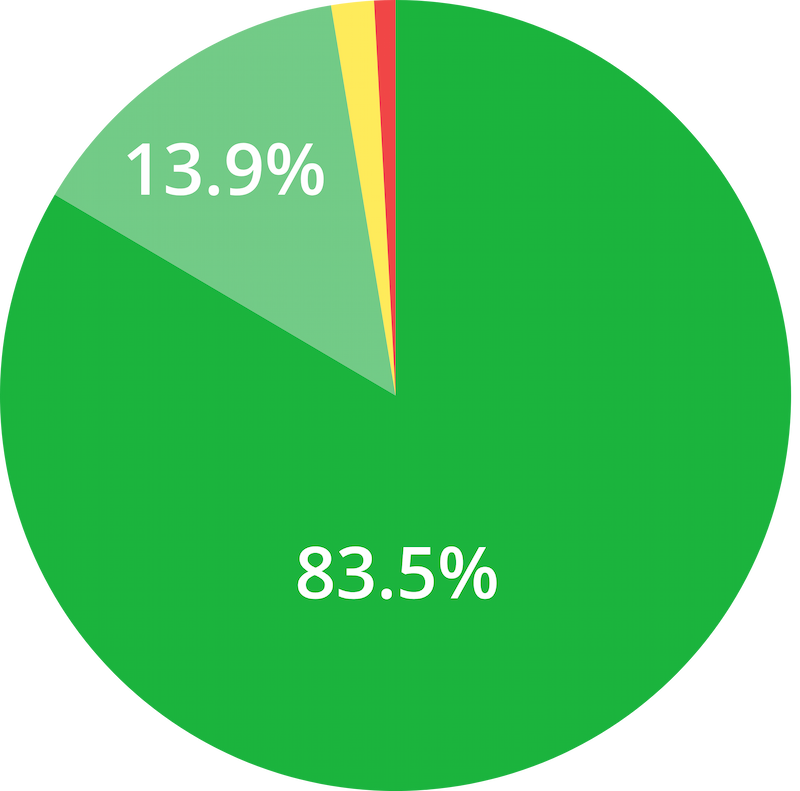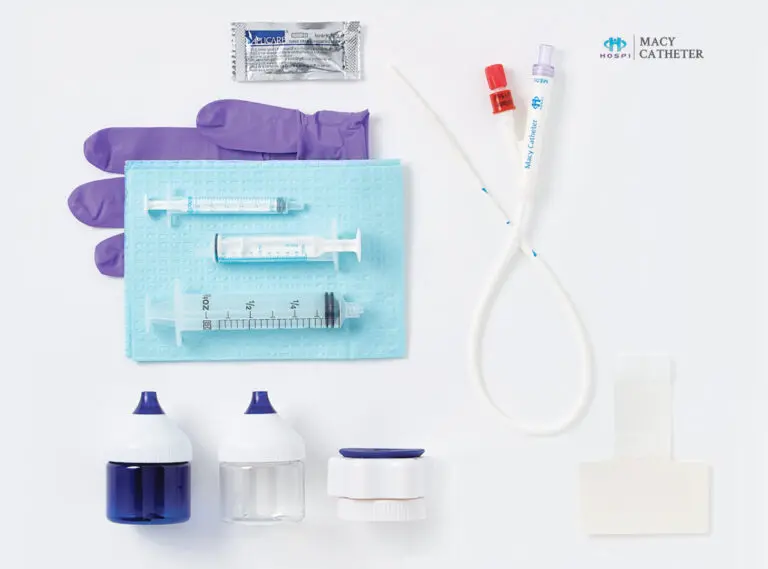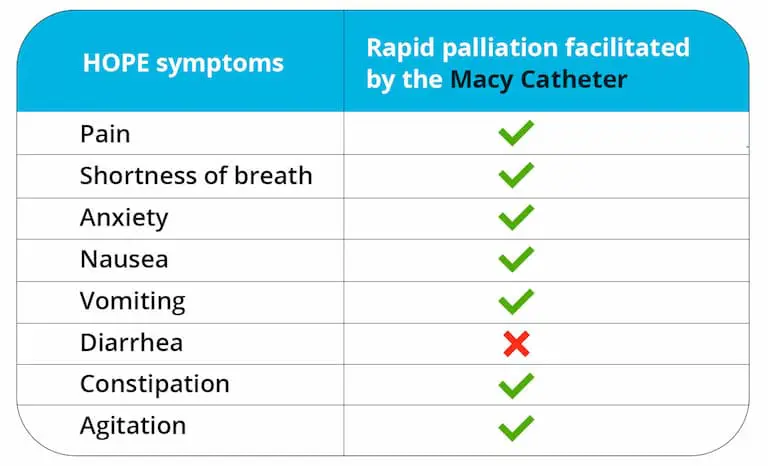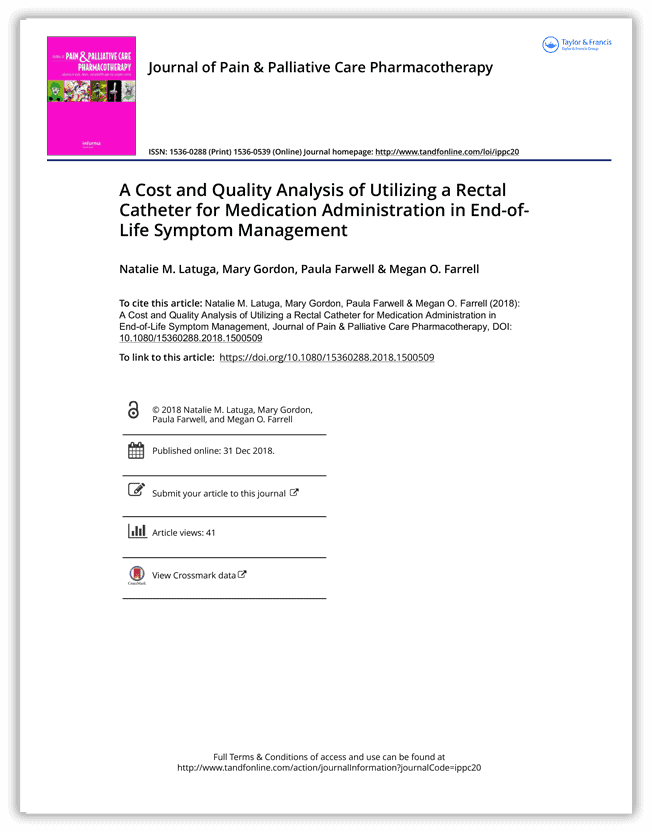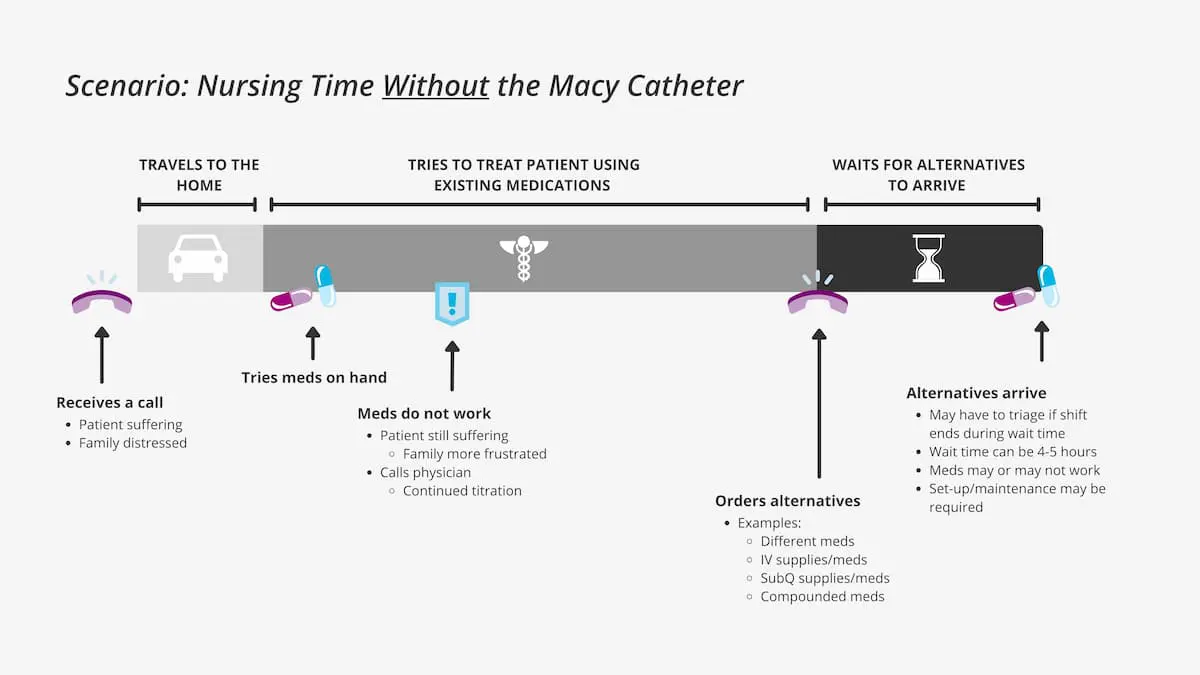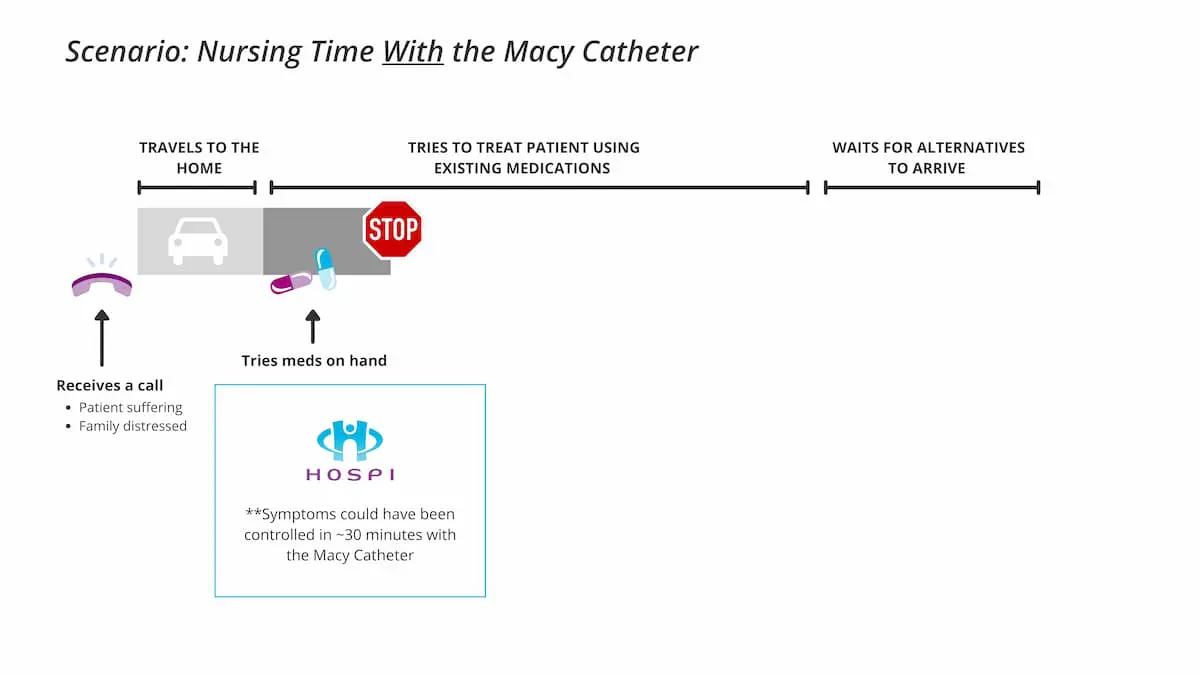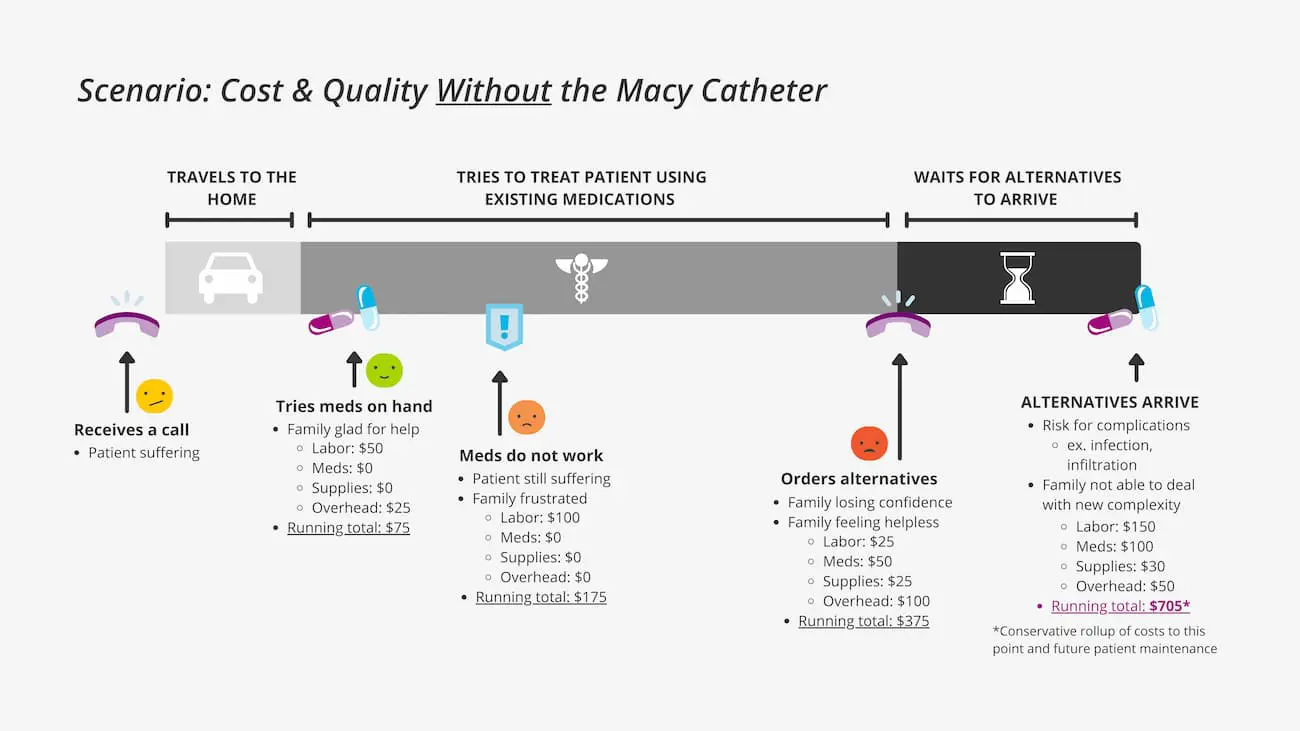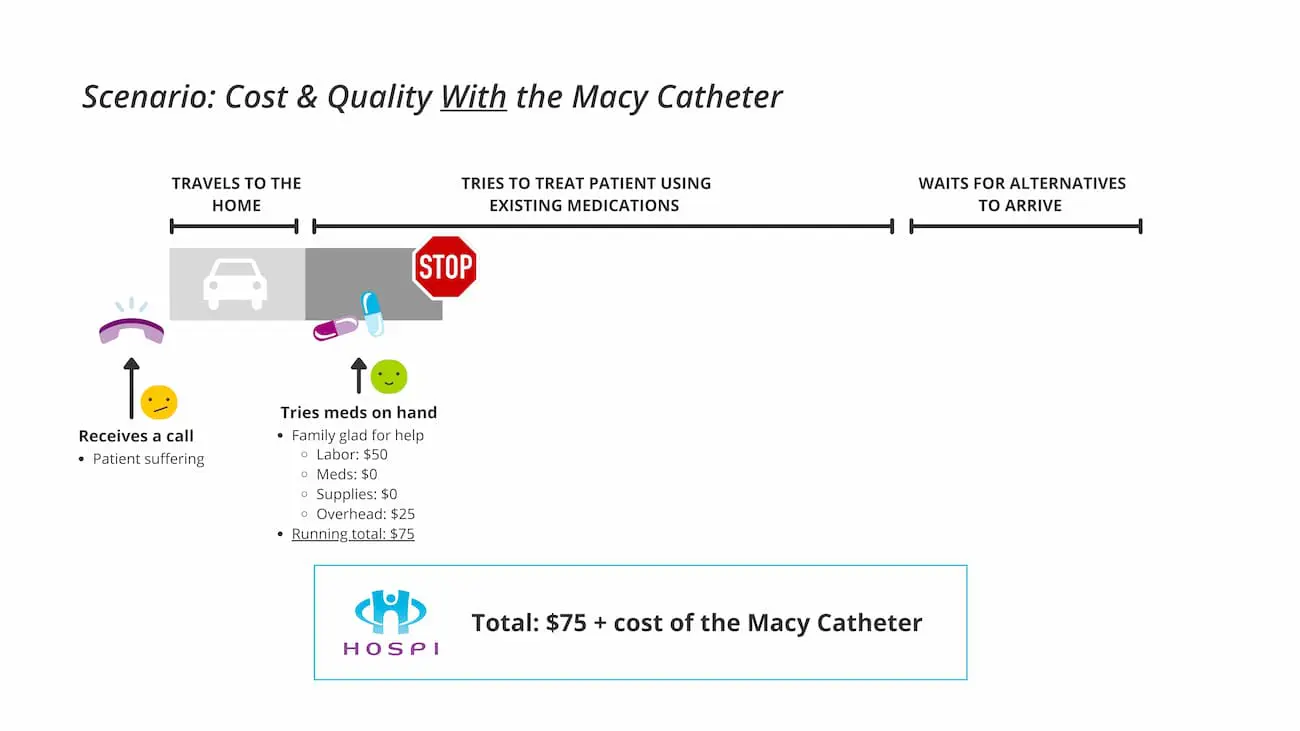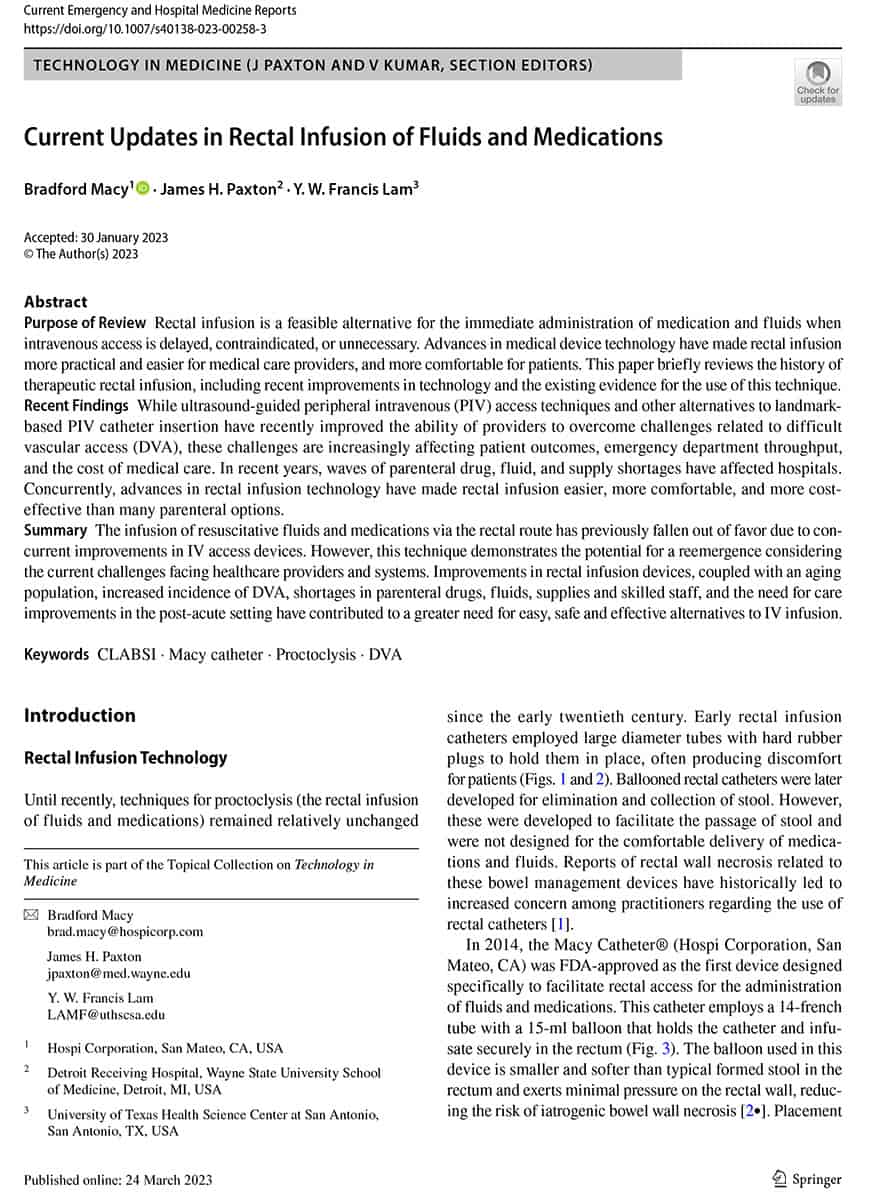Quicker & More Effective than SubQ
How a hospice reduced their injectable use by 80% and simultaneously improved time to palliation:
When Ohio’s Hospice of Dayton received notice that they had only four days’ supply of injectable medications remaining, they responded to the crisis by implementing the Macy Catheter.
What was first intended to be a short term solution became a standard of practice.
Dr. Wendy Schmitz, MD, Vice President of Medical Care at Ohio’s Hospice of Dayton, quickly discovered that medication administration via the Macy Catheter controls pain faster than when medications are administered subcutaneously. She also found that the device allowed clinicians at her practice to effectively control pain with fewer dose adjustments.
Because the Macy Catheter facilitated quicker, more effective symptom control at her practice, Dr. Schmitz also observed a decrease in nursing time.
Ohio’s Hospice staff members explain how switching their standard practice from IV/SubQ to medication administration via the Macy Catheter has improved quality of life for both their patients and their staff.
She decided to keep using the catheter after the shortage passed, and established use of the Macy Catheter as a standard of practice.
In Lieu of Injectables
Injectable medication shortage? Can’t get access to infusion services?
The Macy Catheter can help your hospice continue to keep your patients comfortable.
It can be used to help nurses quickly manage severe symptoms with readily available medications, such as tablets. A wide variety of medications can be prescribed per rectum.
Plus, medications administered via the Macy Catheter work quickly and effectively.
When Ohio’s Hospice of Dayton received notice that they had only 4 days of injectable meds remaining, they responded to the crisis by implementing the Macy Catheter.
When is the Macy Catheter an appropriate choice?
The Macy Catheter is ideal for rapid control of severe symptoms for complex patients.
The Macy Catheter allows for immediate utilization of oral medications already in the home or at the bedside. Because the medications that all hospices use as the patient begins to decline (ex. comfort kits) are immediate-release, the Macy Catheter can be used to administer them with no lag time in symptom relief onset.
The Macy Catheter is especially relevant when oral or sublingual medications do not quickly control a patient’s symptoms.
Symptoms may include:

The Macy Catheter vs. Alternatives
When the oral route fails and sublingual administration doesn’t yield fast symptom management, many nurses have to resort to the time-consuming and sometimes futile process of symptom chasing with large, frequent doses of liquid medications that can put patients at risk of aspiration.
Injectable medications and pain pumps require delivery fees and wait times, and many hospices do not have reliable access.
However, when equipped with the Macy Catheter, clinicians can immediately intervene with medications already at the bedside. Patients with severe symptoms report relief 10-15 minutes after receiving medication via the Macy Catheter.
We recently conducted a value analysis for a hospice with a census of 7500 patients who is not yet using the Macy Catheter. The analysis determined that, by using the Macy Catheter to administer medications as soon as a patient’s symptoms are not adequately controlled via oral medications and sublingual administration, this hospice could reduce their number of PRN visits by 68% and reduce their nurse visit hours by 760 per month.
Delays in symptom management are distressing and hinder nurses’ efforts to do what they do best: bring comfort and peace to patients and their families during a profoundly personal time.
Time-consuming alternatives can also be costly and cause detriment to quality scores.
We also conducted a value analysis for a hospice not yet using the Macy Catheter with a census of 591 patients. This analysis determined that, by using the Macy Catheter to administer medications as soon as a patient’s symptoms are not adequately controlled via oral medications and sublingual administration, the 591-patient hospice could reduce their live discharge rate by 11%.
Nurse Staffing Challenges?
Nurses deserve to be able to do what they set out to do. The Macy Catheter empowers nurses to manage patients’ symptoms in a single, short visit– leading to better nurse job satisfaction and retention.
Results: 2024 survey of 115 hospice nurses who have used the Macy Catheter
Q: How satisfied are you with your ability to meet the patient’s needs using the Macy Catheter?
A: 97.4% – very satisfied or satisfied
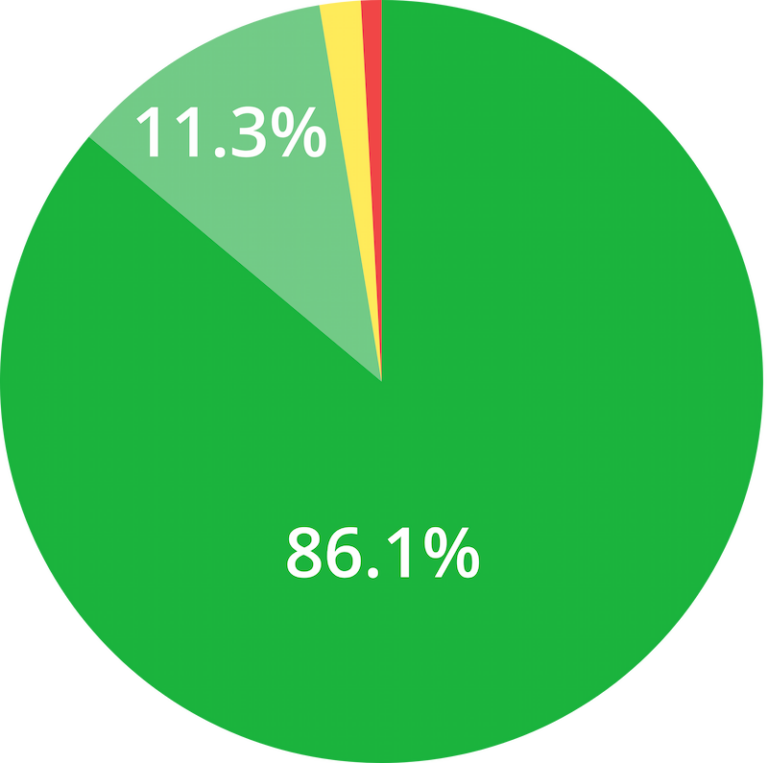
Q: How satisfied are you with the patient’s comfort after the Macy Catheter is in place?
A: 98.2% – very satisfied or satisfied
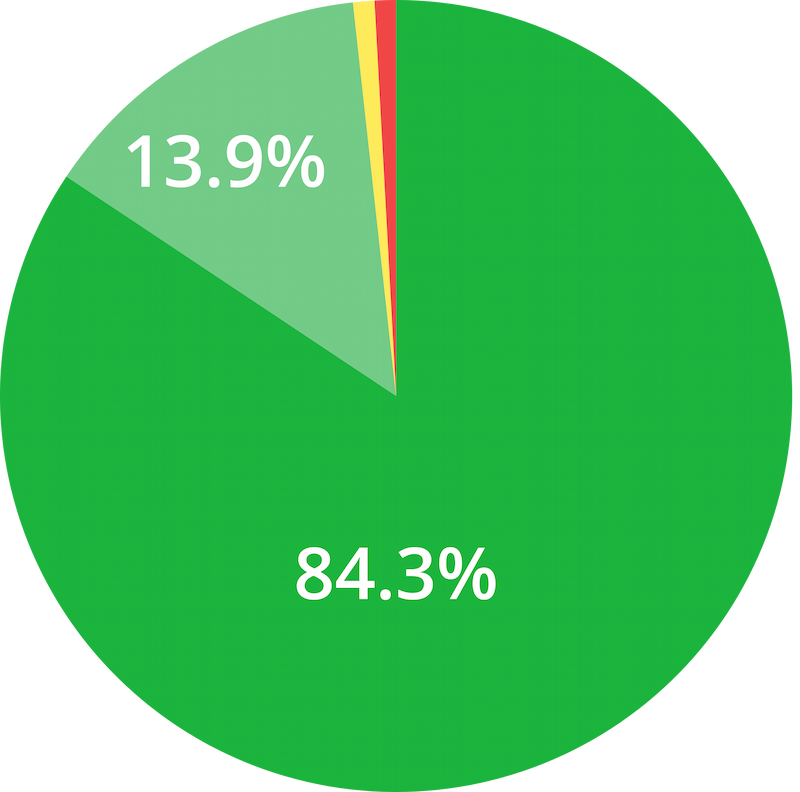
Q: How would you rate your satisfaction of incorporating the Macy Catheter into your clinical practice?
A: 97.4% – very satisfied or satisfied
